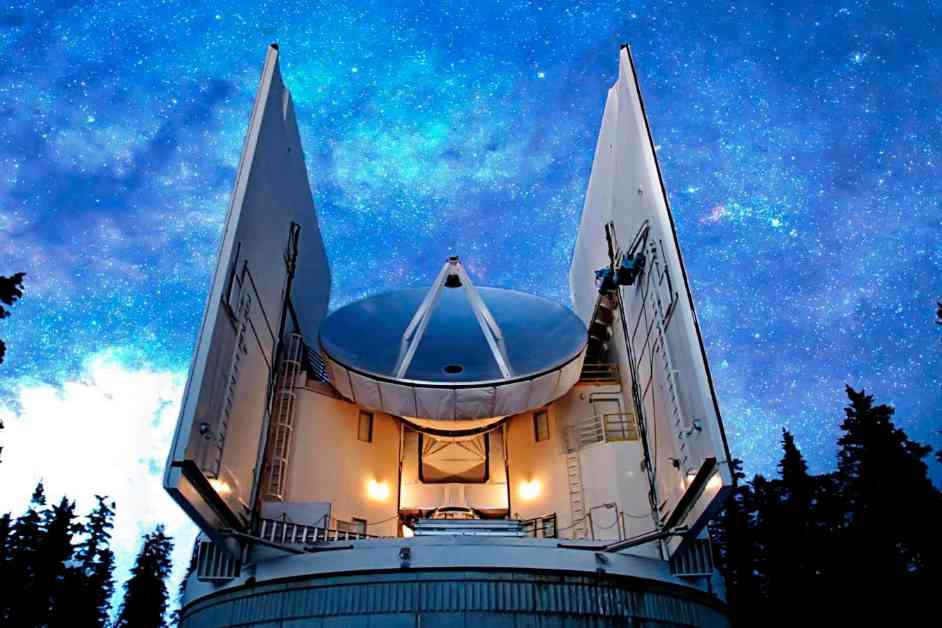In the world of space exploration, the quest to capture detailed images of black holes is ongoing and ever-evolving. Back in 2019, a monumental achievement was made with the release of the first-ever image of a black hole. This groundbreaking feat required a network of radio observatories on Earth, collectively known as the Event Horizon Telescope (EHT), to work together to create an image that was as clear as if it had been taken by a single dish the size of our planet.
However, for researchers like Alex Lupsasca from Vanderbilt University in Tennessee, this achievement was just the beginning. Lupsasca and his team are now setting their sights on capturing an even more detailed image of a black hole, one that could potentially unveil new insights into the mysterious workings of these cosmic entities. To achieve this ambitious goal, they are planning to launch the Black Hole Explorer (BHEX) telescope into space, positioning it 20,000 kilometers away from Earth.
By extending the telescope network into space, the BHEX mission aims to create a receiver that is effectively larger than the Earth itself. This increased size and precision will allow researchers to study a specific part of a black hole known as a photon ring, particularly focusing on M87*, the supermassive black hole located in a nearby galaxy that was featured in the iconic 2019 image.
Alex Lupsasca, as the deputy project scientist of the BHEX mission, brings a wealth of expertise in theoretical physics, specializing in extreme environments such as the cores of black holes. His vision for pushing the boundaries of our understanding of black holes and gravity is rooted in the belief that ambitious space missions like BHEX are crucial in advancing scientific knowledge.
In the quest to unravel the mysteries of the universe, the BHEX mission represents a bold step forward in our exploration of black holes and the fundamental forces that govern our cosmos. With each new discovery and image captured, we inch closer to potentially challenging long-held scientific theories and unlocking the secrets of the universe. As we look to the future of space exploration, projects like BHEX serve as a testament to human ingenuity and the insatiable curiosity that drives us to reach for the stars.






